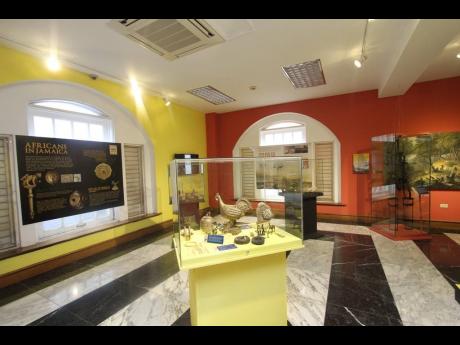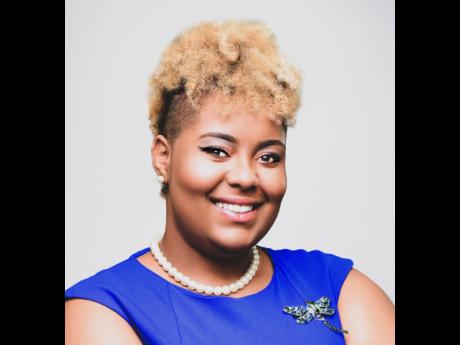National Museum West – a hidden treasure
The National Museum West located in Sam Sharpe Square, Montego Bay, is a hidden gem filled with historical treasure.
According to Sharifa Balfour, the curator, the museum is often overlooked because people don’t know that it exists. People pass by this cultural treasure trove without acknowledging, or even realising what that lies beyond its doors.
A resident of Montego Bay, Mikhala Findley, was asked for directions to the museum. “It’s in Kingston,” she responded confidently. When told she was incorrect, she researched and realised that the museum was in front of her the entire time.
“The museum focuses on the history and development of St James, with a focus on the city of Montego Bay,” Balfour said.
The museum, since its inception, has focused on the indigenous people, their food, and cultural lifestyles. It showcases the introduction of the English, the Spanish, slavery, the post-emancipation period, and Rastafarianism.
“The museum not only focuses on the Tainos’ heritage but at the transition between each cultural group. We also look at how each group added diversity to what we know as Jamaican culture today,” Balfour informed.
ARTEFACTS
For each historical period, there are many artefacts on display that encapsulates how sophisticated each group was during their era. Additionally, it also highlighted how they lived from day to day. Many artefacts found in the museum were recovered from Port Royal, while others were sourced and a few were donated. These donations were found after major disasters such as a hurricane, landslide or flood. Some were even found by farmers.
“These artefacts can be used to eliminate myths that Africans were ‘ghetto’, as it tells the story of their creativity,” said Balfour.
The museum displays a variety of artefacts from items as small as a conch shell to a gibbet. Which was a human cage made from metal, used as a torture device.
“Every artefact has a backstory that played an important role in getting us to where we are as a society today,” Balfour said. “It’s important as a country to understand how important our history is, and why we should revel in our heritage as the iconic nation we are.”
The museum also covers a wide aspect of contemporary history, as there is an entire section dedicated to Rastafarianism. Focusing on the history and the impact Haile Selassie had on modern day Rastafarians, as well as the obstacles they faced, like the 1963 Coral Gardens Massacre. There is exhibit on the history of Doctor’s Cave, which was said to have healing powers, ergo the name.
With the digitalisation the museum hopes to build visibility through social media platforms.
“The museum has a lot to offer, there are many sections that appeal to different individuals. I hope that in the future more locals will take up an interest in visiting and learning about their culture with their families and or friends,” said Findley.
The National Museum West aims to bring back the appreciation of local heritage. Balfour fears that with the younger generation finding significant cultural influence from the United States, the rich historical heritage that Jamaica has is losing its relevance.
“It’s a matter of retention. This is a visual memory. It’s more of a material memory. What we do is to preserve and maintain the material memory of a space- of a culture. Ultimately, allowing individuals to return and connect with their heritage,” said Balfour.
Sharian Blagrove is a student of journalism at Northern Caribbean University,




